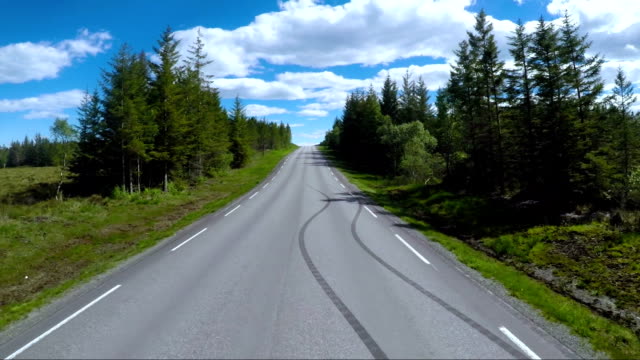Driving in Norway is a journey like no other. With its winding roads, breathtaking landscapes, and unique driving regulations, exploring this Scandinavian gem by car offers a chance to experience the country’s beauty and culture up close. From fjords to mountains, charming villages to bustling cities, Norway’s road network allows travelers to immerse themselves in the heart of the nation. In this guide, we’ll take you through everything you need to know about Driving in Norway.
1. Rules of the Road:
- Speed Limits: Norway has strict speed limits, which are rigorously enforced. In urban areas, the speed limit is generally 50 km/h (31 mph), while on highways, it ranges from 80-100 km/h (50-62 mph). In some areas, speed limits might be lower due to specific conditions, so always keep an eye out for signage.
- Seatbelts: Seatbelt usage is mandatory for all passengers, and children under 135 cm (4.4 feet) must be seated in approved child seats.
- Alcohol Limit: The blood alcohol limit is low in Norway, at 0.02%. It’s best to avoid alcohol altogether if you plan on driving.
- Headlights: It is compulsory to use headlights at all times, even during the day, to ensure visibility in varying weather conditions.
- Winter Tires: From November 1st to April 15th, winter tires are mandatory on all vehicles, including rental cars.
2. Roads and Landscapes:
- Tunnels and Ferries: Norway is known for its extensive network of tunnels and ferries that connect various regions. Tolls are common on some roads, bridges, and tunnels, often payable electronically or through pre-paid options.
- Fjord Roads: Driving along the Norwegian fjords is a magical experience, but it can also be challenging due to narrow and winding roads. Take your time, be patient, and enjoy the breathtaking views.
- Scenic Routes: Norway offers a range of designated scenic routes known for their exceptional beauty. These routes are well-marked and offer incredible photo opportunities.
3. Safety and Preparedness:
- Wildlife: Keep an eye out for wildlife, especially in rural and mountainous areas. Moose, reindeer, and other animals can unexpectedly cross the road.
- Weather Conditions: Norway’s weather can change rapidly. Be prepared for rain, snow, and fog, especially in mountainous regions. Check weather forecasts before setting out.
- Emergency Numbers: The emergency number in Norway is 112. If you encounter any accidents or emergencies, dial this number for assistance.
- Navigation: GPS or offline maps are essential for navigating Norway’s remote areas where cell coverage might be limited.
4. Parking and Etiquette:
- Parking: In urban areas, look for designated parking lots or pay-and-display zones. Always adhere to parking regulations to avoid fines.
- Courtesy: Norwegian drivers are generally courteous and follow traffic rules. Be sure to use your indicators, yield to pedestrians, and practice defensive driving.
5. Environmental Considerations:
- Nature Respect: Norway places a strong emphasis on nature preservation. Always adhere to “allemannsrett,” the right to roam, and avoid littering.
- Electric Vehicles: Norway is a leader in electric vehicle adoption. Charging stations are widely available, making it convenient for electric car owners.
